Shining a light on Switzerland’s history of child labour
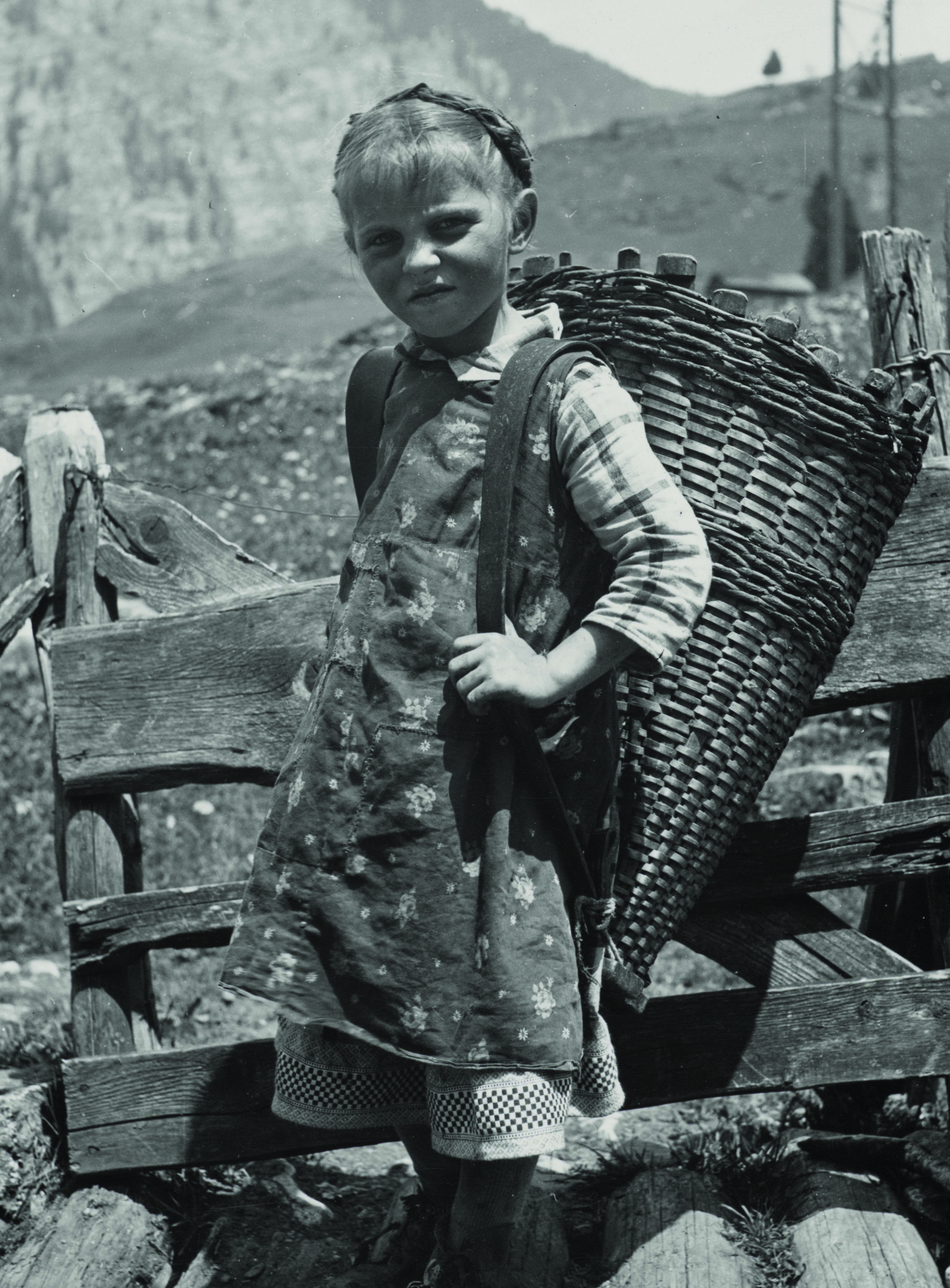
In the 19th century and early 20th century, children in Switzerland were a fundamental source of labour for families. This was especially the case in agriculture. Then industrialisation ushered an era in which children were exploited as cheap labour. A new exhibition sheds light on this underexplored aspect of Swiss history.
Screen addiction is widespread today, with many children in Switzerland glued to their smartphones. As a result, they are forgetting how to play “normally”. According to a study by Save the Children, many teenagers spend more than five hours a day online, which is having a negative impact on their cognitive and social development.
There were also many Swiss children in the 19th and early 20th centuries who did not know the true meaning of “play”. They had neither the opportunity nor the time for it, as they had to work to contribute to their family’s income.
Neglected chapter in Swiss history
A new exhibition, Child Labour in the 19th and 20th CenturiesExternal link at the Forum of Swiss History in canton Schwyz, explores Switzerland’s history of child labour. “This is the first time that such a comprehensive overview of this topic has been exhibited,” says Pia Schubiger, historian and curator of the exhibition. “The information is the result of in-depth research.” The curator hopes the exhibit will provide impetus for further research into this neglected aspect of history.
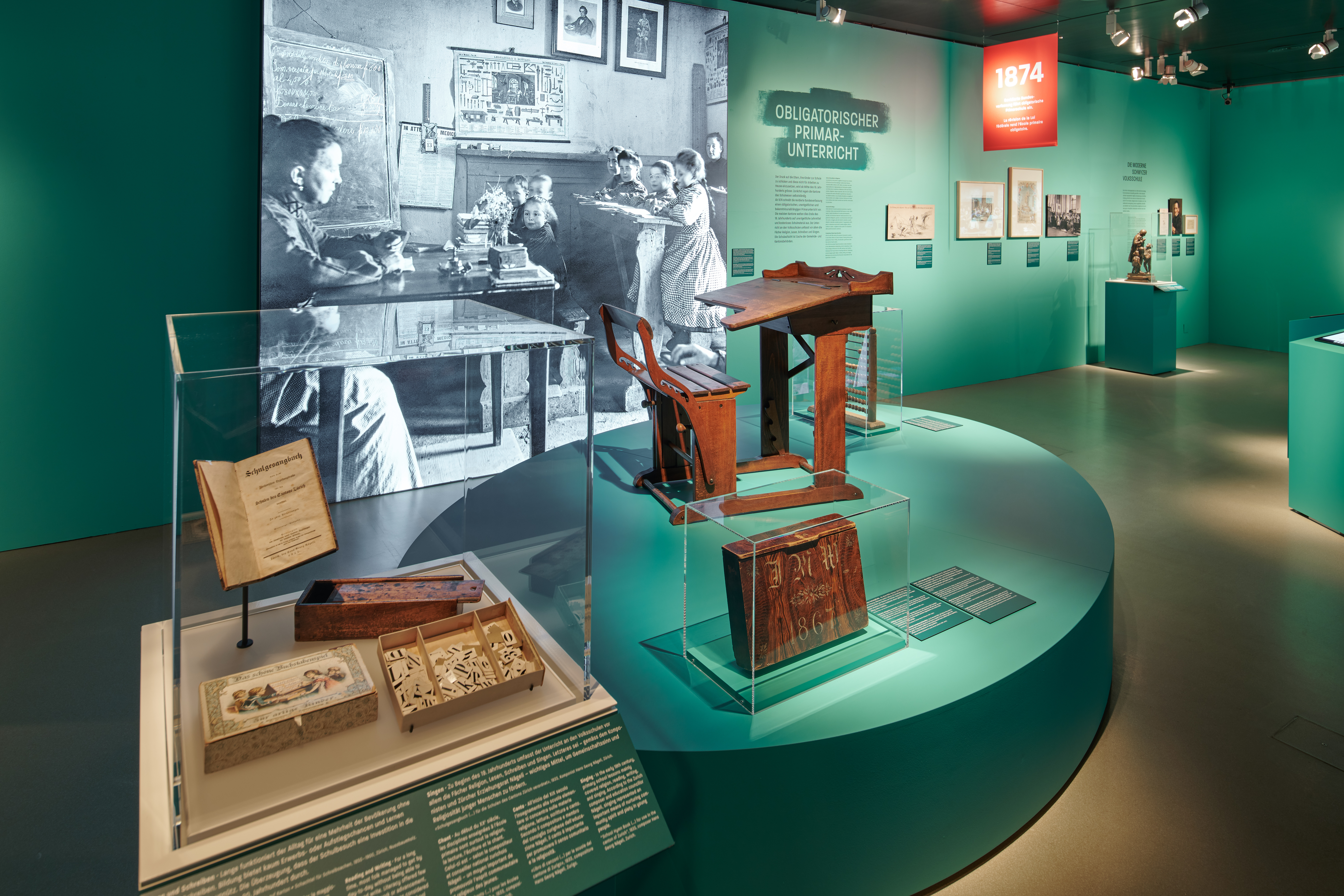
Child labour in Switzerland emerged before industrialisation. In the past, the employment of sons and daughters in agriculture, handicrafts and small, home-based enterprises was extremely important. Children had to grow up quickly and learnt through play the necessary skills to become a support to their often-impoverished families.
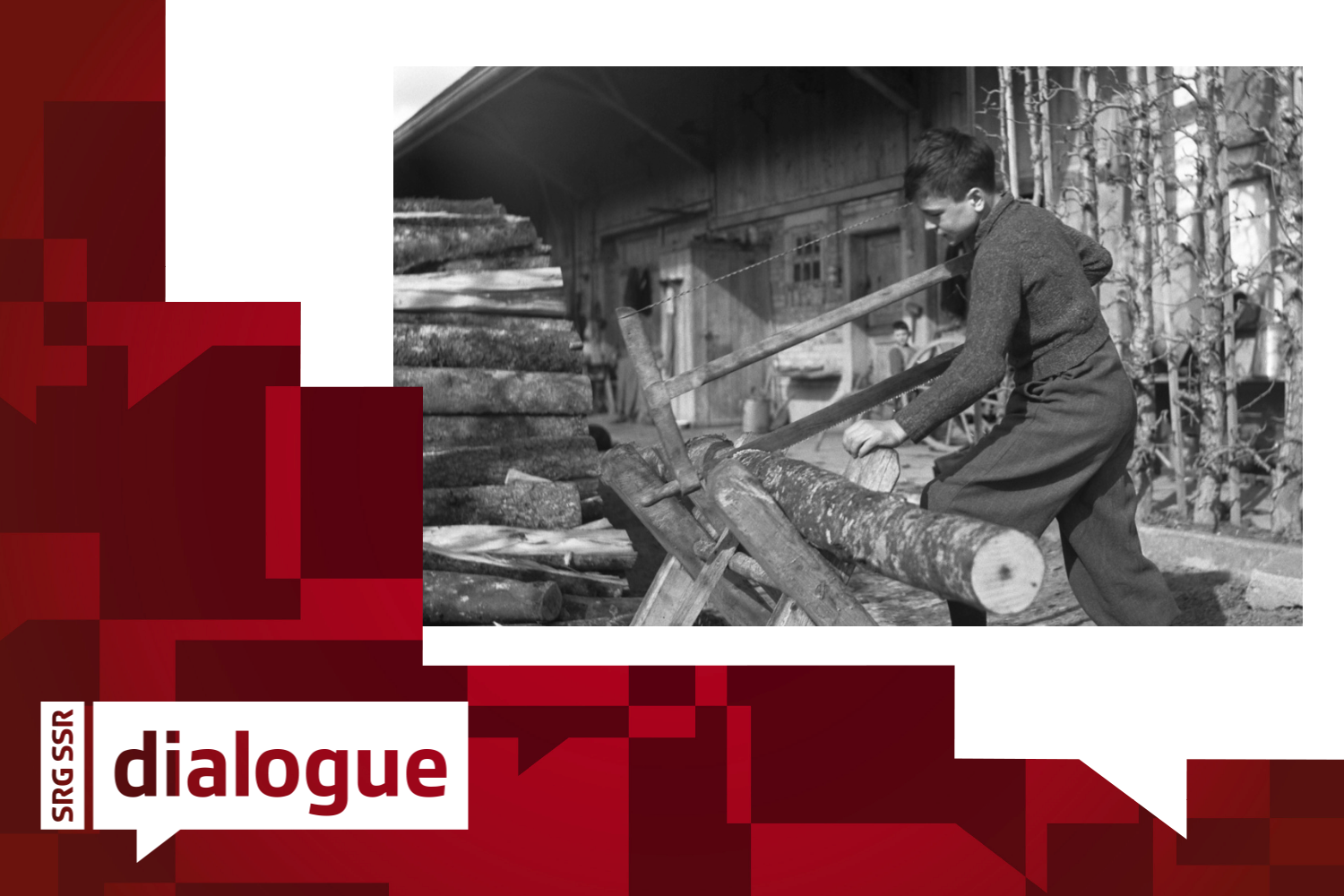
More
Is Switzerland doing enough for victims of compulsory social measures?
“Depending on their age, they would have looked after livestock, helped with haymaking, transporting milk or housework,” says Schubiger. “To help integrate them into the labour process, the children were equipped with their own custom-made tools, underlining the increasing responsibility that weighed on their shoulders in a family subsistence economy.”
Generating additional income
Depending on the region, farming families supplemented their income with seasonal work such as logging or clearing snow. In Rothenthurm, a municipality in canton Schwyz, the production of natural ice or peat cutting brought in important additional income. Children also participated in such activities. Peat was allowed to be cut there until 1987, when the bog was placed under protection. “From 1850, peat became a coveted fuel,” explains Schubiger. “After cutting, the peat was pressed by a machine. Then a boy, the Lädälibueb, had the task of placing the peat on a wooden board, where it was cut into blocks and laid out to dry.”
The rise in tourism also created new opportunities to make money in the 19th century. Bobbin lace was handmade on mountain farms, such as in the Lauterbrunnen valley, and sold directly to holidaymakers and travellers. “Children were also involved in this activity,” says Schubiger. “They started making lace at the age of six and had to make half a metre of lace a day.”
The ‘Swabian children’
The phenomenon of the Swabian children arose during the War of the Second CoalitionExternal link (1799-1801), a conflict between the allied European monarchies and revolutionary and Napoleonic France, which also affected the Swiss canton of Graubünden. Following the deaths of hundreds of menExternal link and fathers, and amidst increasing hunger and poverty, children from eastern Switzerland embarked on a seven- to ten-day journey to Upper Swabia (now part of the German states of Baden-Württemberg and Bavaria), where they would find work on farms.
“They would set off in April, at the end of the school year, and return in October,” Schubiger explains.
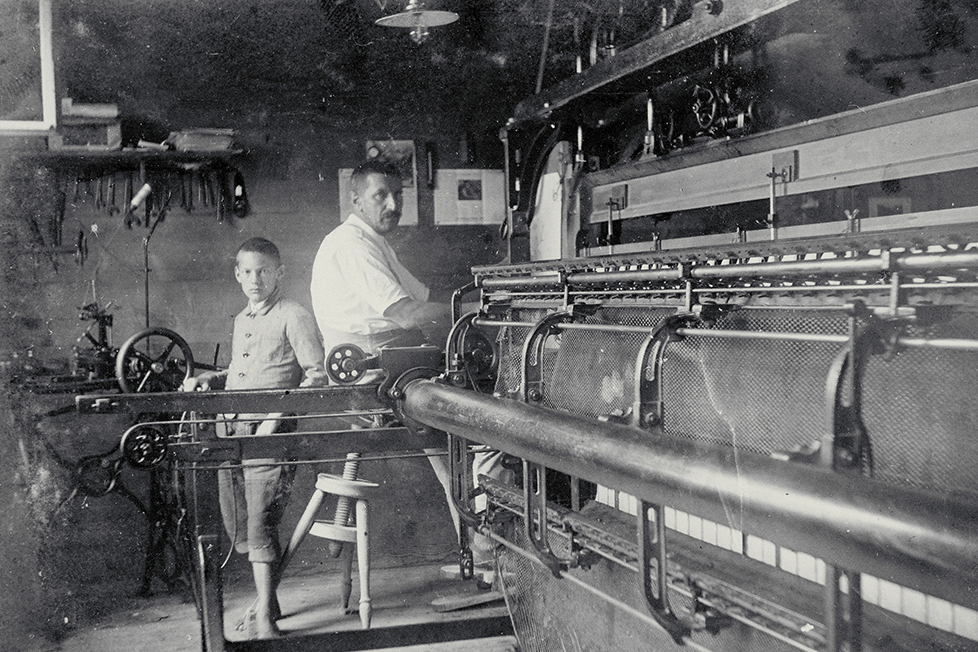
More
The stolen childhood of the factory children
Most of the Swabian children, who would have been between the ages of six and 14, came from the Romansh-speaking regions of Graubünden, such as upper Surselva or Val Lumnezia. As a result, they struggled with a language barrier. They travelled in groups of ten to 20 children, accompanied by an adult, usually a woman. They only carried a few things with them and only enough food for the first few days of the 150-200km walk. They relied on begging from farmers and monasteries or soliciting hospitality to make it through the journey.
“A lithograph from the first half of the 19th century shows the Ravensburg slave market, where children from Graubünden were entrusted to Swabian farming families,” says Schubiger. Jobseekers and farmers met at the markets in cities or larger towns, and negotiations were usually conducted by the person accompanying the children.
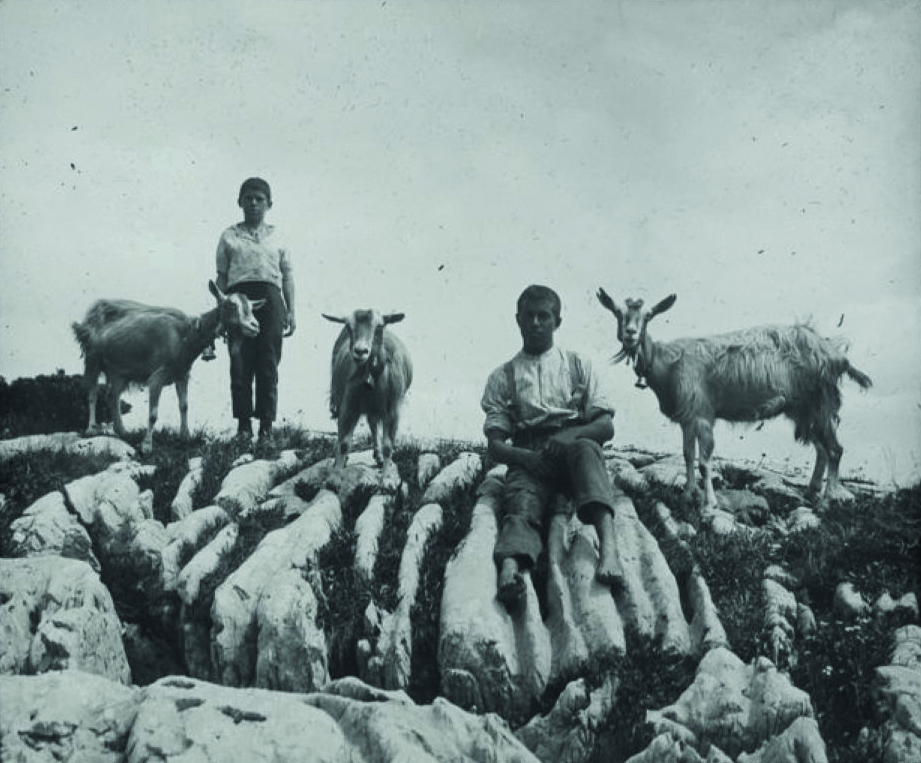
The boys’ main job was to care for grazing livestock as shepherds. On larger farms, they also had to help in mills or inns. The girls, on the other hand, did the housework and looked after the children. They worked for board, lodging and a modest wage. The main part of their wage consisted of clothing and shoes, the doppelten Häs (double hat), whereby the young labourers were given two head-to-toe sets of clothing.
Between 1850 and 1860, the number of Swabian children declined rapidly due to the changing waves of migration, particularly to America. This coincided with efforts to tap into new sources of income and the rise of tourism. “With the outbreak of the First World War in 1914, the phenomenon of Swabian children came to a definitive end,” says Schubiger.
Sixteen-hour shifts at the factory
With the onset of industrialisation in the 19th century, children began to be exploited as cheap labour in factories, especially in the textile industry. Like adults, they worked up to 16 hours a day and spent the whole day and sometimes even nights in a dusty, stuffy and warm environment – all for a pittance.
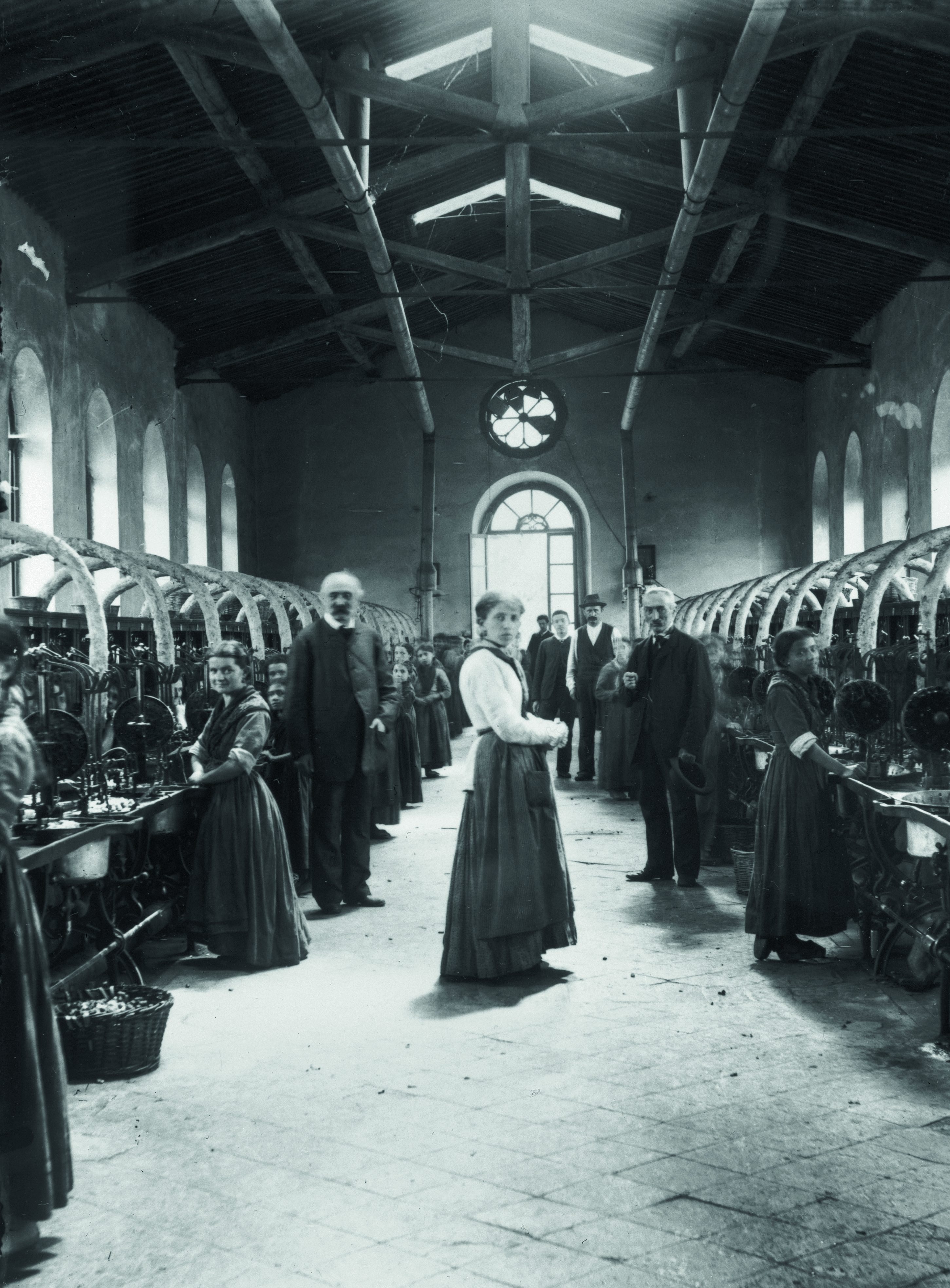
Children were assigned simple, repetitive and often dangerous work. Some children began working at the age of eight, which had serious consequences for their psychophysical development and affected their education.
Arnold Stauber, who began working in the Kunz cotton mill in Windisch, canton Aargau, in 1883 at the age of 14, conveys his experiences in his memoirs Erinnerungen eines ehemaligen Textilarbeiters (Memoirs of a former textile worker). He arrived at the factory at six in the morning, went to school from 8am to 11am, returned to the spinning mill for half an hour before lunch, attended school again from two to four in the afternoon and then worked for another two hours.
In 1877, despite the opposition of many industrialists, the Swiss people passed a highly innovative federal law on labour in factoriesExternal link (the Factory Act). An international first, the Swiss state introduced guidelines that regulated working hours, provided special protection for children and women and regulated freedom of contract and autonomy of industrialists. In doing so, Switzerland became an international pioneer of labour protection laws.
The Factory Act limited the normal working day to 11 hours, and prohibited night and Sunday work, the employment of children under the age of 14 and of women a few weeks before and after childbirth. However, it only applied to factories, not to the many small businesses, let alone agriculture.
Source: History of Social Security in SwitzerlandExternal link
“Our work was the most disgusting and, as I later realised, also the unhealthiest in the factory,” he wrote. “When the spinning machines stopped in the afternoon, we boys had to clean and oil the cylinders, shafts and spindles. We had to lie on our backs and slide under the big machines to do this, and oil and grease dripped onto our faces and clothes. It was difficult to move underneath, and we often hurt ourselves when we hit our heads or noses on the metal.”
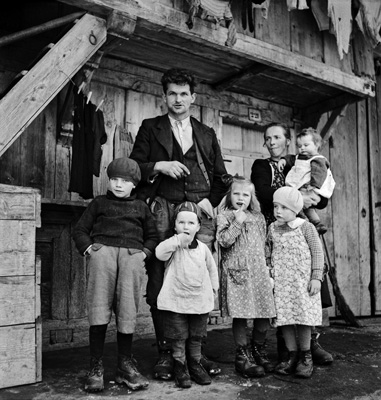
More
Who were Switzerland’s ‘slave children’?
The situation improved to a certain extent with the introduction of nationwide compulsory schooling in 1874 and the federal Factory Act of 1877, which banned employment of children under the age of 14 and regulated night and Sunday work.
“However, especially in poorer and remote regions, children were still vital for families’ economic survival, such as the chimney sweep children from TicinoExternal link who worked in Italy or the children who travelled to Swabia,” Schubiger says. “Swiss history in the 20th century is also tainted with other tragic stories, such as the compulsory social measures and placementsExternal link that lasted until 1981, and forced labour.”
Compulsory, free and non-denominational primary educationExternal link was introduced with the revision of the Federal Constitution in 1874. However, most of the population did not consider reading and writing to be essential for everyday life. On the contrary, many considered school to be unnecessary because it did not offer better job and career opportunities. Conservative circles opposed free compulsory education because they feared that too much education would distract farmers’ children from agricultural work.
Following the introduction of compulsory primary education at federal level, pupil numbers increased, as did the range of education on offer, which included subjects such as religion, reading, writing and singing. Education could be provided in public, private or residential schools, and was overseen by the municipal and cantonal authorities.
Edited by Daniele Mariani/ds

In compliance with the JTI standards
More: SWI swissinfo.ch certified by the Journalism Trust Initiative








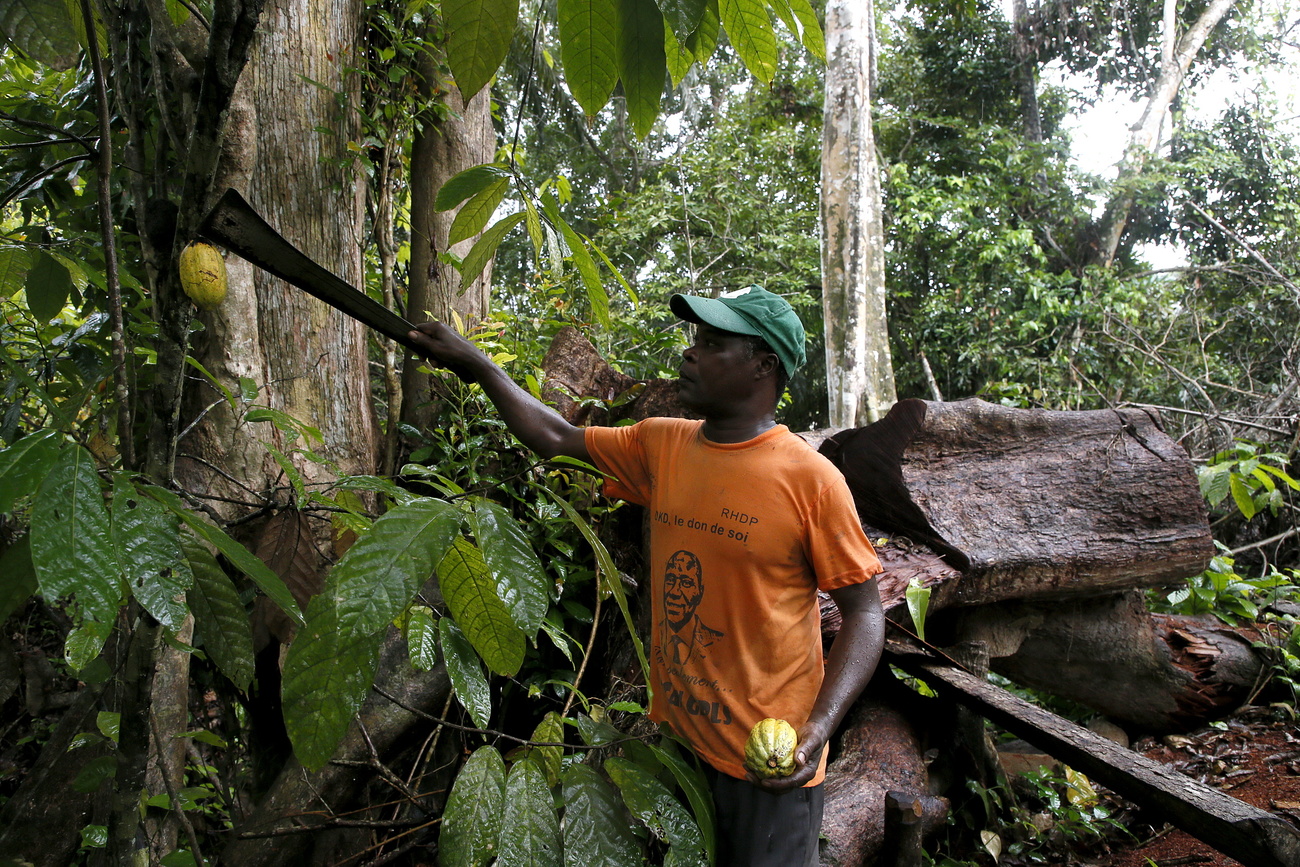
You can find an overview of ongoing debates with our journalists here . Please join us!
If you want to start a conversation about a topic raised in this article or want to report factual errors, email us at english@swissinfo.ch.